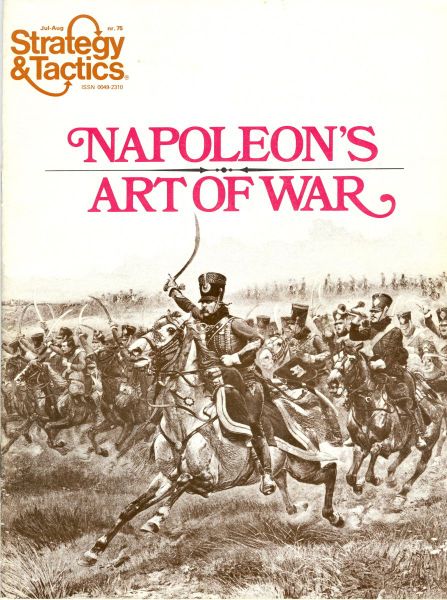Napoleon’s Art of War: Eylau & Dresden is a historical wargame released in 1979 by SPI (Simulations Publications, Inc.). It is set during the Napoleonic era and focuses on two key battles
the Battle of Eylau and the Battle of Dresden. The game is designed by a team of designers including Omar DeWitt, Bob Jervis, Olle Johansson, Bob Pollard, and Redmond A. Simonsen, with artwork by Jean Baptiste Édouard Detaille and Redmond A. Simonsen.Game Components of Napoleon’s Art of War: Eylau & Dresden
Games Included: Two separate games, *Dresden* and *Eylau*, in the same box.Designers: *Dresden* by Bob Jervis, *Eylau* by Omar DeWitt.Rules: Based on the *Napoleon at War* system with unique rules for each game.Maps: Detailed maps of the battlefields of Dresden and Eylau.Counters: Representing various military units and commanders.Dice: Used for resolving combat and other game mechanics.
How To Setup Napoleon’s Art of War: Eylau & Dresden
Setting up the game involves placing the map boards, deploying the respective forces according to the scenario rules, and ensuring all players have the necessary counters and dice. Each game has specific setup instructions to reflect the historical initial dispositions of the armies involved.
Gameplay Mechanics and Game Objective
Game Objective: To recreate the historical outcomes of the battles of Dresden (1813) and Eylau (1807) or to achieve a better result than the historical one.Morale System: In *Dresden*, morale varies based on retreats and advances, affecting the entry of reserves.Weather Rule: In *Eylau*, a die roll can change combat results significantly, simulating the harsh weather conditions.Combat Resolution: Uses a Combat Results Table (CRT) with modifications based on the unique rules of each game.Resource Management: Players must manage their units and reserves effectively to achieve victory.
Player Experience
Playing *Napoleon’s Art of War* offers a mix of strategic depth and historical accuracy, though opinions vary between the two games. *Dresden* is often praised for its morale and reserve rules, which add a layer of realism and challenge. *Eylau*, while criticized for lacking morale checks and historical accuracy, is appreciated for its unpredictable weather rule.
Pros
Historical Accuracy: Both games aim to simulate real battles, offering a historical context.Clear Rules: The SPI rules are noted for their clarity and ease of understanding, especially for newcomers.Strategic Depth: The morale and reserve systems in *Dresden* and the weather rule in *Eylau* add complexity and replayability.Novice-Friendly: Considered an excellent introduction to wargaming due to the straightforward rules.
Cons
Market Reception: The game did not gain significant traction in the market and was not a bestseller.Balance Issues: Some rules, like the reserve rule in *Dresden*, are open to abuse.Historical Inaccuracies: *Eylau* is criticized for not accurately reflecting the historical event, particularly regarding morale and map details.Replay Value: Some reviewers found the games, especially *Eylau*, to be less engaging after multiple plays.
Personal Thoughts on Napoleon’s Art of War: Eylau & Dresden
**Napoleon’s Art of War: Eylau & Dresden** is ideal for those interested in Napoleonic history and wargaming. It is particularly suited for novice wargamers due to its clear and ergonomic rules. While it may not offer the depth or complexity of more modern wargames, it provides a satisfying and educational experience for those looking to delve into historical military strategy. However, seasoned gamers might find *Eylau* less engaging due to its historical inaccuracies and lack of morale checks.
We are supported by our audience. When you purchase through links on our site, we may earn an affiliate commission, at no extra cost for you. Learn more.

